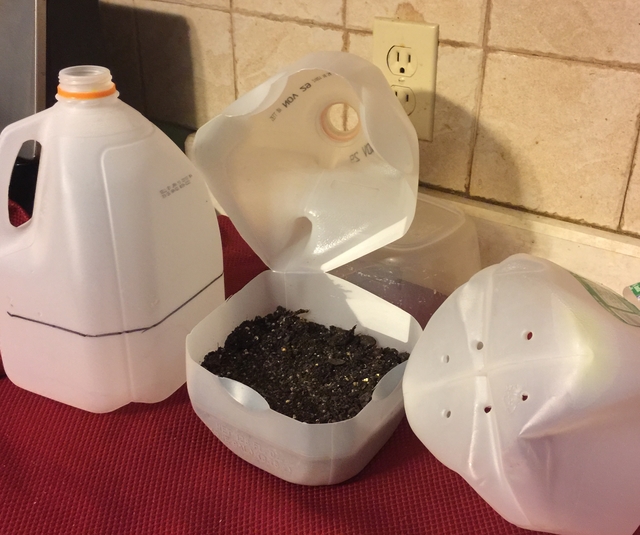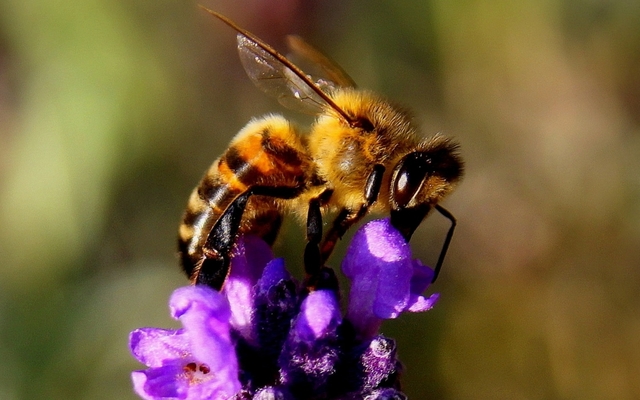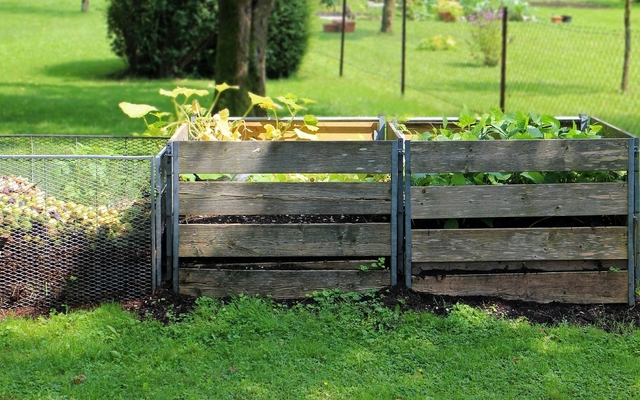Link to You Tube Video Click Here
Keeping chickens can be a fun and rewarding experience, but it also comes with its fair share of pest problems.
Pests like mites, lice, and flies can make your chickens' life uncomfortable and even affect their health. Instead of turning to harmful chemicals, consider using herbs to repel these pests naturally.
Not only are they safe for your chickens, but they also have added benefits for their health. In this blog post, we'll explore some herbs that can help keep your chickens pest-free.
.png)
.png)






.webp)
























